For as long as human beings have been writing about fantasy, myth, and science fiction, the dream of invisibility has always been a top priority. While Star Trek brought the idea of a cloaking device into the popular consciousness, and Harry Potter brought with it the widespread idea of an actual invisibility cloak, there haven’t been many useful applications of invisibility-based technology on a large scale. In fact, the closest we’ve come to achieving actual invisibility has been through the development of stealth technology, which only bestows effective invisibility at far longer wavelengths than human eyes can perceive.
The invisibility to radar, which is microwave-to-radio wavelength electromagnetic radiation, might have been the first step, but recent developments in metamaterials have extended this even further, bending light around an object and rendering it truly undetectable. Perhaps the critical advance that could finally bring an invisibility cloak to reality occurred in 2018, in a novel material called a broadband achromatic metalens. For the first time, it rendered an object undetectable across the entire visible light spectrum. The fusion of this technology with metamaterial cloaking — another recent nanotechnology advance — could finally enable the first visible-light cloaking device. Here’s the story.
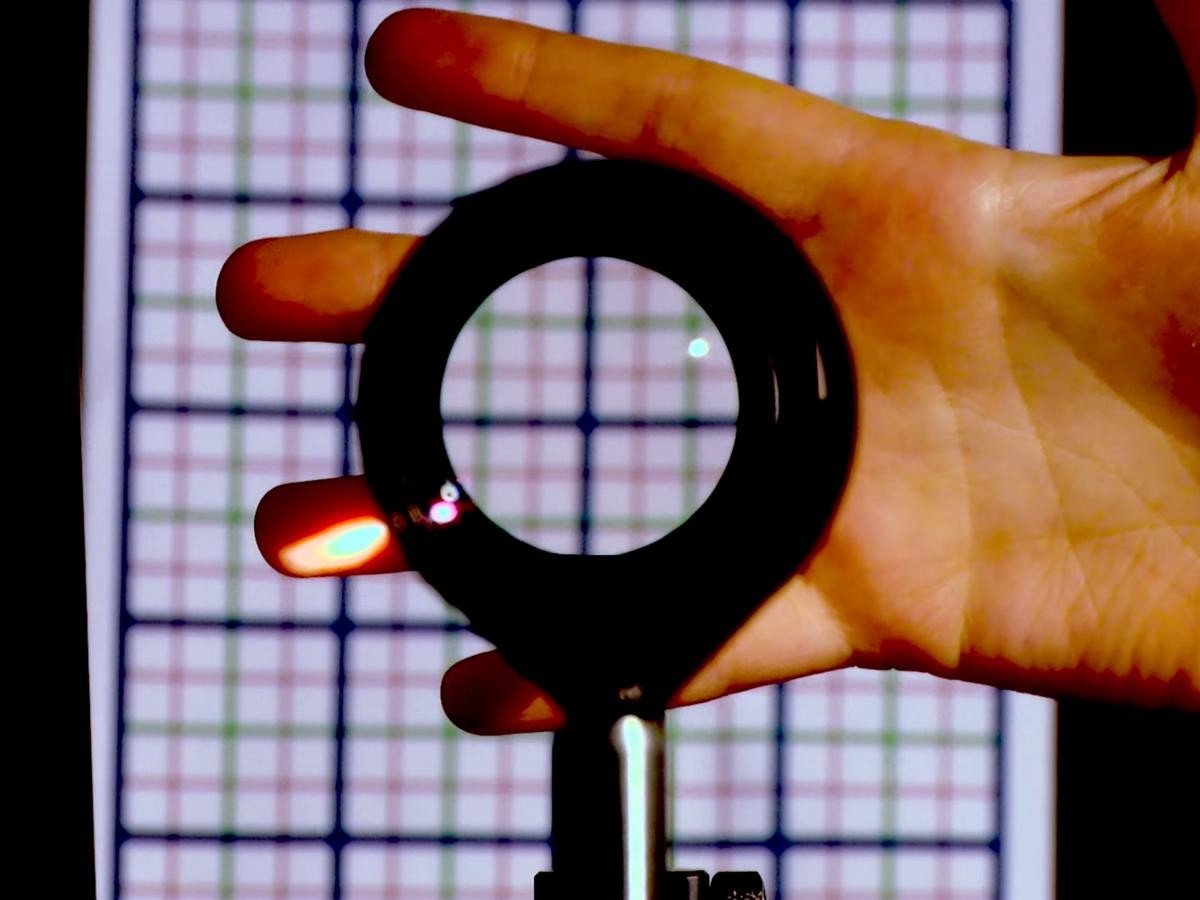
Under normal circumstances, when you bombard any material with light of any wavelength, the typical behavior is either absorption or reflection. If the light is absorbed, then any background light and signals will be obscured, alerting you to its presence. In other words, the object won’t be transparent.
If the light is reflected, any signal you send out will be bounced back to you, illuminating the object and allowing you to observe it directly. Again, the object won’t be transparent.
The only way to achieve actual transparency would be if the light coming from behind the object could somehow still arrive, with the same trajectory, in front of the object, as though the light were transmitted directly through the object. The way a true “cloaking device” would work, then, to hide a material that wasn’t intrinsically transparent would be to divert the light around an object from all directions. This way, any observer, looking from any location and orientation, would simply see the background signals, as though the cloaked object weren’t there at all.
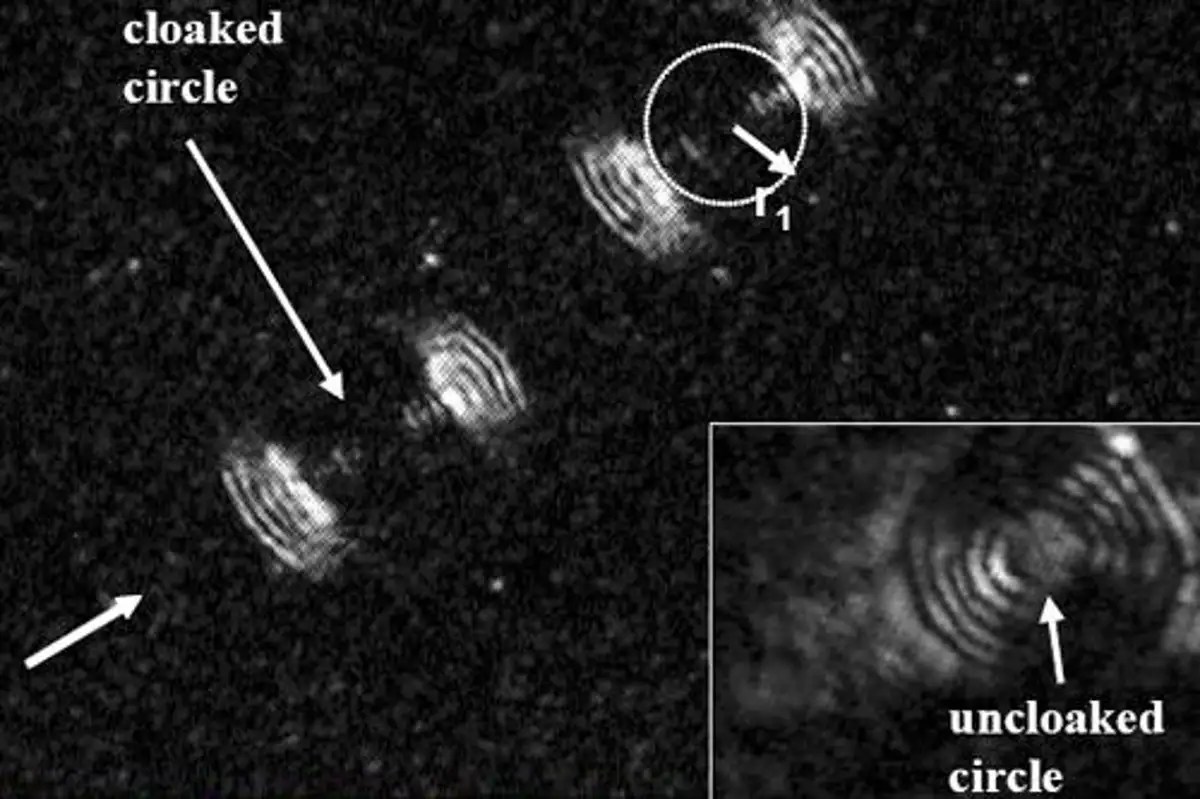
A special, multi-layered coating of a substance known as a metamaterial has been developed over the past two decades, enabling electromagnetic radiation of certain specific wavelengths to pass freely around an object. This is different from transparency, where light transmits through a material; the structure of a metamaterial guides light around an object, sending it off unperturbed in the same direction that it came in.
Starting in 2006, the science of transformation optics allowed us to map an electromagnetic field onto a twistable, spacelike grid; when the grid gets distorted, so does the field, and in the right configuration, an interior object can be completely hidden. By bending and then un-bending light by the proper amount, objects can be cloaked to particular wavelengths of light.
As of 2016, a 7-layer metamaterial cloak has extended the range from the infrared all the way through the radio portions of the spectrum: an enormous set of wavelength coverage, but that still doesn’t extend into the optical.
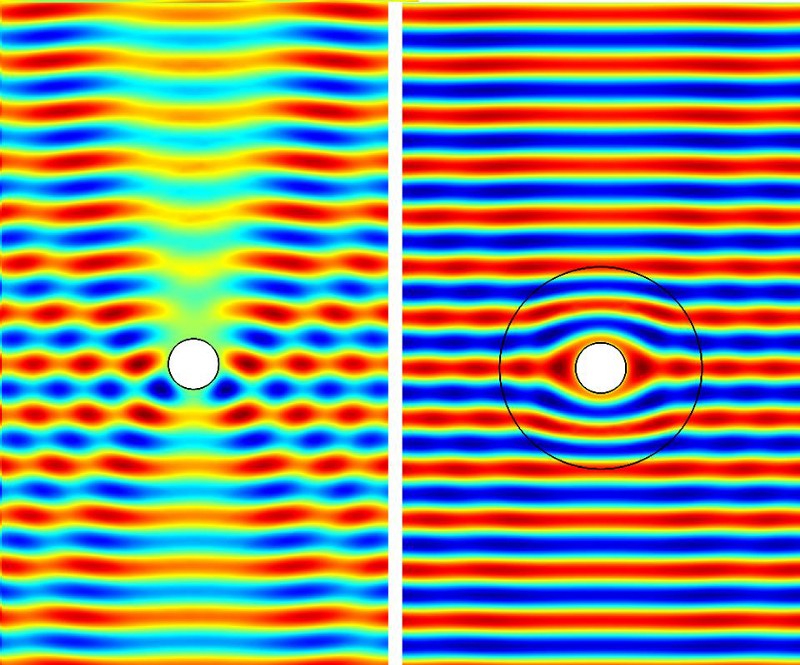
A related nanotechnology to metamaterials comes in the form of the field of metalenses. Lenses are well known for being transparent, and for changing the angle at which background rays of light emerge. Converging and diverging lenses are the most common forms of lens and are frequently used to correct human vision in the form of eyeglasses. Most normal materials that you can create a lens out of has the same dispersive property as a prism: when you pass light through it, light slows down.
But, in any lens, there’s an unfortunate property that light of different wavelengths slows down by different amounts, which is why you get a “rainbow” effect when light passes through a medium, as red light travels at a different speed than blue light. Coatings can be applied to carefully-shaped lenses to minimize this chromatic aberration effect, but it’s always present in some amount. Modern cameras use multiple lenses to eliminate chromatic aberration as much as possible, but it’s heavy, bulky, expensive, and still not 100% successful.

That’s where the idea of a metalens can offer substantial improvement over traditional lenses, even at visible light wavelengths. A metalens, ideally, would shape the wavefronts of incoming light waves regardless of wavelength, allowing that light to be focused down to a single point on even the smallest of scales. A metalens has numerous attractive properties, including that:
- they can be very thin (on the order of a single wavelength of light),
- they’re easy to fabricate,
- and they can focus light of a variety of wavelengths all onto the same point.
The critical 2018 breakthrough, which was published in Nature Nanotechnology, is through the application of titanium-based nanofins. Based on the wavelength of the incident light, these nanofins will guide the light through a different part of the material, allowing it to bend by exactly the proper, necessary amount to have it wind up where we need it to.

Immediately, this allows for the development of a cheaper, lighter, more effective lens. As one of the paper’s authors, Wei Ting Chen, explains:
“By combining two nanofins into one element, we can tune the speed of light in the nanostructured material, to ensure that all wavelengths in the visible are focused in the same spot, using a single metalens. This dramatically reduces thickness and design complexity compared to composite standard achromatic lenses.”
While the earliest marketable applications of these metalenses should soon include cameras, VR devices, microscopes, and other medicinal and augmentative technologies, a longer-term fusion of the metalens/nanofin concept with metamaterials could be exactly the holy grail of technological combinations that a real-life cloaking device would require.
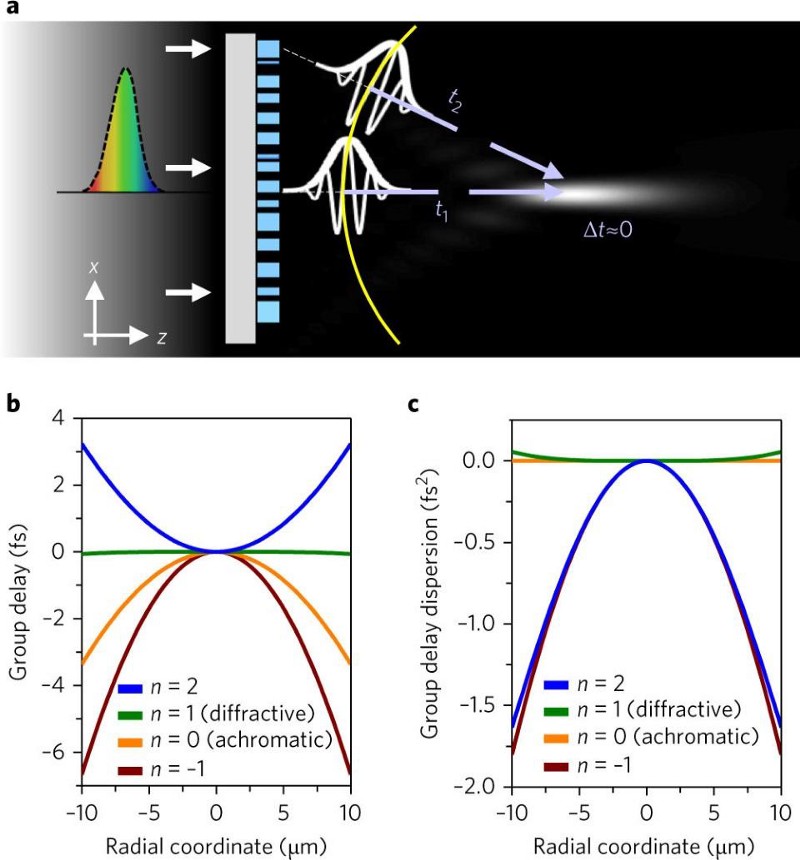
The biggest challenge facing the construction of a real-life invisibility cloak has been the incorporation of a large variety of wavelengths, as the cloak’s material must vary from point-to-point to bend (and then unbend) the light by the proper amount. While metamaterials have managed an impressive range of coverage, it’s thus far excluded visible light, but the addition of a metalens layer to metamaterials might finally overcome this obstacle.
Based on the materials discovered so far, we haven’t yet managed to penetrate the visible light portion of the spectrum with a cloak. This new advance in metalenses, however, seems to indicate that if you can do it for a single, narrow wavelength, you can apply this nanofin technology to extend the wavelength covered tremendously. This first application to achromatic lenses covered nearly the full visible-light spectrum: from 470 to 670 nm, whereas human vision extends from 400 to 700 nm. The successful fusion of this metalens advance with concurrent advances in metamaterials would make visible-light cloaking devices a reality.
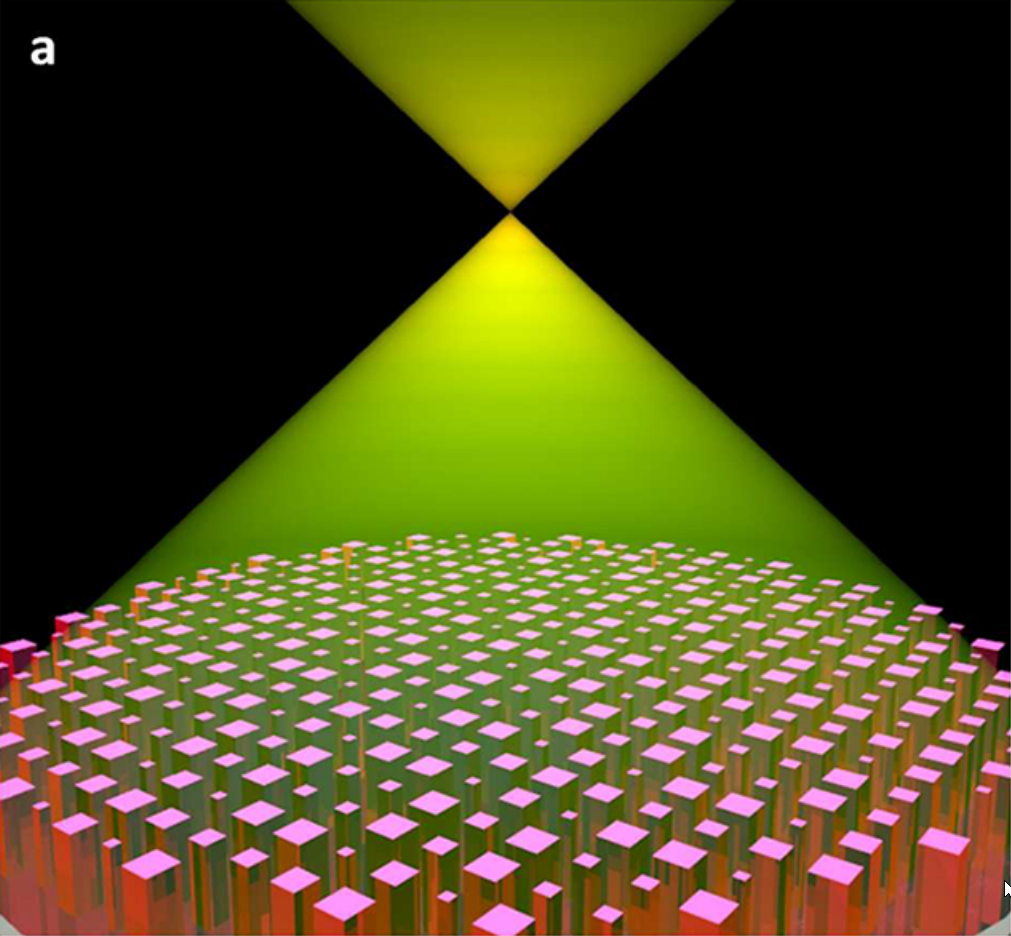
Just a few years ago, it was speculated that a real-life invisibility cloak could only be applied to a very narrow set of wavelengths for a few specific configurations. It was thought inconceivable that large, macroscopic objects could be cloaked to a huge variety of wavelengths.
Today, an advance in metalenses, by guiding light of various wavelengths to the proper location to get the distortion-free outcome we so keenly desire, might be just the discovery we need to herald the arrival of a true cloaking device.
As Star Trek first envisioned it, it took centuries for cloaking technology to be perfected. Here on Earth, it may require a mere decade or two. If this latest metalens advance can be rapidly applied to metamaterial cloaks, an optical, 3D cloaking device may finally become a reality in humanity’s very near future.
This article was reprinted with permission of Big Think, where it was originally published.






